Polyamide 12 is a rigid plastic developed for additive serial production. The material, distributed by HP (trade name HP HR 3D PA 12, abbreviated as PA 12), is processed using the Multi Jet Fusion 3D printing process. This thermoplastic material is characterized by high mechanical, thermal, and chemical resistance, as well as low unit costs.
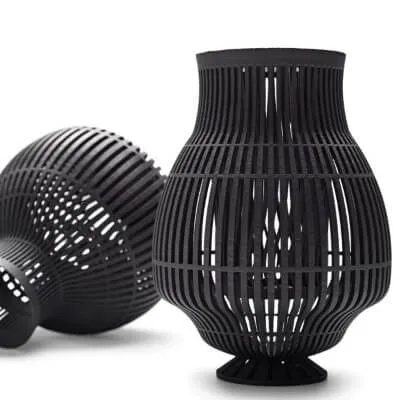
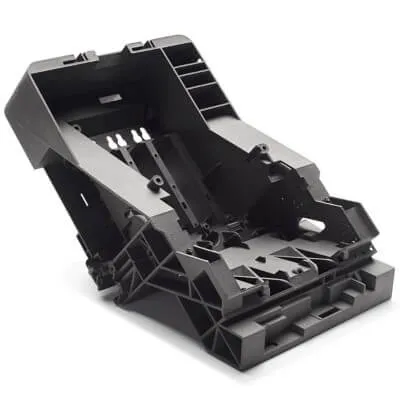
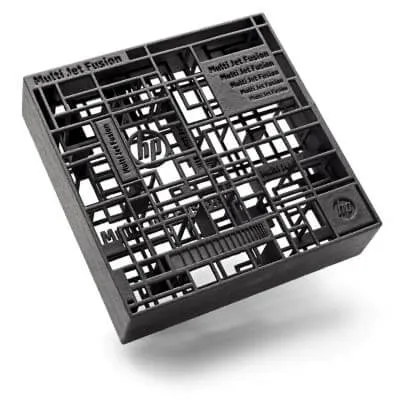
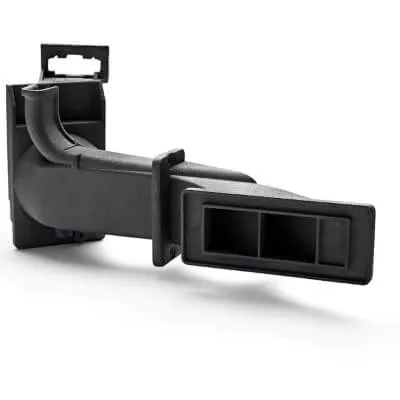
Data courtesy of HP
Key Information
Technology
Multi Jet Fusion
Colors
Gray
Black (dyed)
Build Volume
Min. 10 mm
Max. 380 mm
Production Time
6 working days
4 working days (Express)
Accuracy
± 0.3%
(min. ± 0.3 mm)
Material Properties
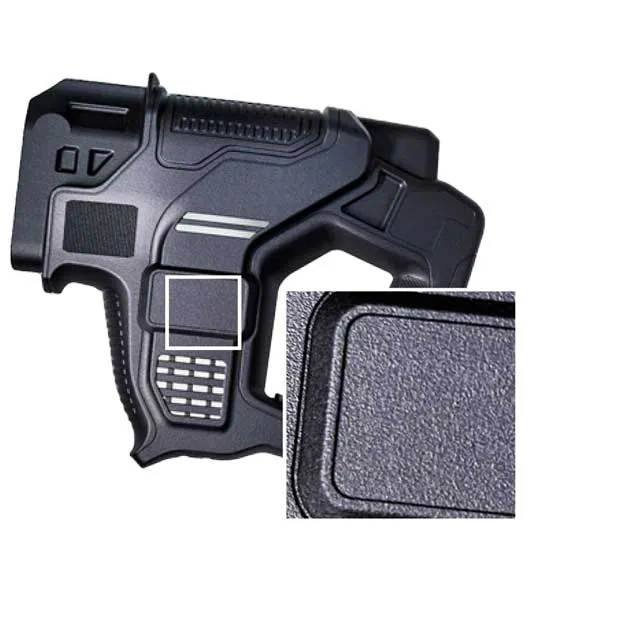
Data courtesy of HP
Mechanical Properties
- Tensile Strength: ~ 48 ± 5 MPa
- Elongation at Break: 13 ± 6 %
- Young’s Modulus: 1.500 ± 200 MPa
- Density: ~0.9 – 1.0 g/cm³ (dependent on geometry)
Polyamide 12 is a solid, highly resistant, and durable plastic. The material properties are largely isotropic (similar mechanical characteristics in all orientations). Thinner wall thicknesses result in increased flexibility, especially for wall thicknesses of 1 mm or less.
Thermal Properties
- Heat Deflection Temperature (HDT) at 0.45 MPa: 175 °C
- Heat Deflection Temperature (HDT) at 1.82 MPa: 95 °C
For continuous use, temperatures should not exceed 95 °C. For short-term exposures, temperatures up to a maximum of 120 °C are possible, depending on the geometry. Particularly with thin wall thicknesses (< 2 mm) and/or simultaneous mechanical loads, the load-bearing capacity is reduced.
Surface Properties
- Roughness Ra Bottom Surface: 5 ± 2 µm
- Roughness Ra Top Surface: 10 ± 2 µm
- Roughness Ra Inclined Surface (45°): 8 ± 2 µm
The raw material used in Multi Jet Fusion is in powdered form. As a result, the surface has a slightly rough texture, similar to fine sandpaper. The typical staircase effect (print lines) in 3D printing is visible on flat angles (up to approximately 15°) and is relatively fine due to the layer thickness of only 80 µm.
Color
In the 3D printing process (more details about Multi Jet Fusion), the white PA 12 powder is dyed black. As a result, the interior of the parts is completely black. A white component remains on the surface, consisting of sintered white powder particles, among other things. This creates the typical gray production color. Due to technical reasons, this color is somewhat heterogeneous with light and dark areas.
Alternatively, a black dyeing process is available, in which the remaining white component is pigmented. This results in homogeneous, completely black parts (including the interior).
DOWNLOADS
- Material Data Sheet: Material Data Sheet PA 12
- RoHS/Reach: RoHS/REACH certificate
- Flammability: UL 94 and UL 746A Certification
- UV Stability: Accelerated Weathering Test
- Chemical Resistance: Chemical Compatibility with Automotive Fluids
- Overview of Regulatory Requirements: Summary of Regulatory Compliance and Environmental Attributes
- Biocompatibility: USP Class I-VI and FDA Intact Skin Surface Devices Certification
- Toy Application: Statement of Composition for Toy Applications
Manufacturing Tolerance
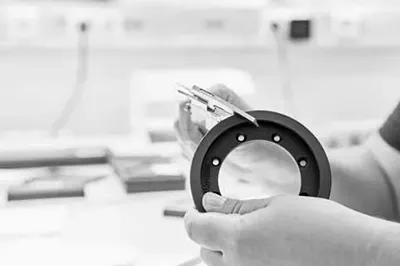
The general tolerance is 0.3 mm up to 100 mm outer dimension, and 0.3% above that. For large, flat geometries, warpage may occur in addition to these tolerances.
Post-Processing

Black Dyeing & Shot Peening
Recommended for visible parts: dyeing and subsequent surface compaction for an optically and haptically high-quality surface
Order Information
- Lead Time: +1 working day
- Price: Depending on quantity and size, typical unit costs range from approximately EUR 1 to EUR 10; plus VAT.
- Maximum Size: 350 x 250 x 150 mm
More information can be found on our page Dyeing.
Vapor Smoothing (Chemical Smoothing)
Chemical surface treatment that creates a pore-free surface with reduced roughness. Essential applications include fluid- or gas-carrying components, parts requiring easy cleaning (medical, cleanroom), or as a basis for subsequent coating processes (reduction of ‘outgassing,’ reduction of porosity, smoothing).
Order Information
- Lead Time: +5 working days
- Price: Depending on quantity and size, typical unit costs range from approximately EUR 7 to EUR 10; plus VAT.
More information can be found at Chemical Smoothing.
Painting
For wet painting, a paint specifically designed for polyamide is applied.
Order Information
- Lead Time: + approximately 2 weeks
- Price: Highly dependent on size and quantity. Please note that the minimum order value for processing is EUR 100,- plus VAT.
Learn more on our page Painting.
Design Guidelines
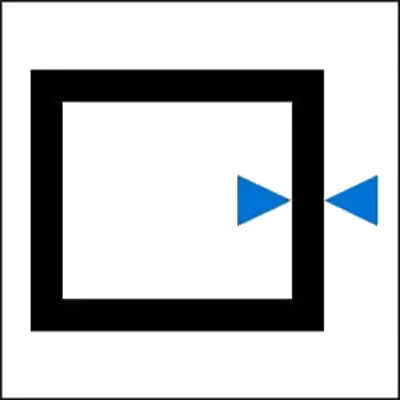
Minimum Wall Thicknesses The minimum wall thickness should not be less than 0,7 mm. For longer objects/surfaces or objects subjected to mechanical stress, you should increase the wall thickness. Theoretically, wall thicknesses down to 0.5 mm are possible, but they can be damaged during post-processing (e.g., cleaning blasting), so production in such cases is at your own risk.
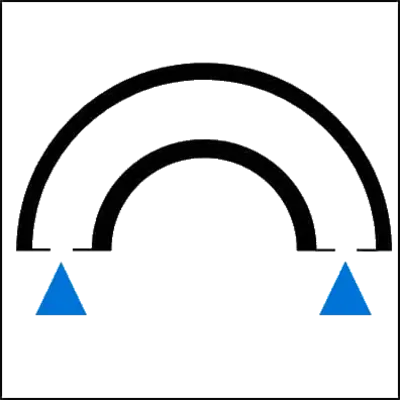
Cavities
Hollowed objects can be printed, but openings (minimum 10 mm diameter) must be included to allow excess material to be removed. For larger cavities, you should plan for multiple openings. The initial material is compressed during the printing process, making it very difficult to remove excess material.
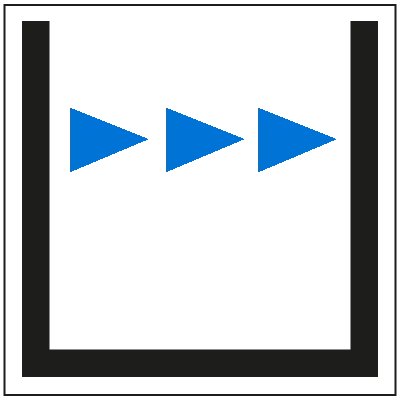
Distances
Maintain a minimum distance of 0.5 mm for grooves or closely adjacent walls. Individual objects (“shells”) must always be uploaded as separate files unless they are firmly connected to each other.

Resolution
Details as small as approximately 0.5 mm can be represented.
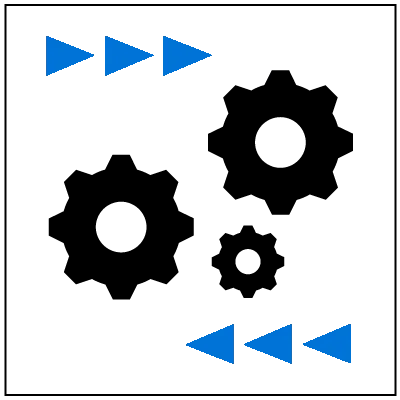
Toothed Objects
Interlocking toothed objects can be printed. Please observe the minimum distance of 0.5 mm between the objects. Also, ensure that the relevant areas are accessible for removing excess material powder.
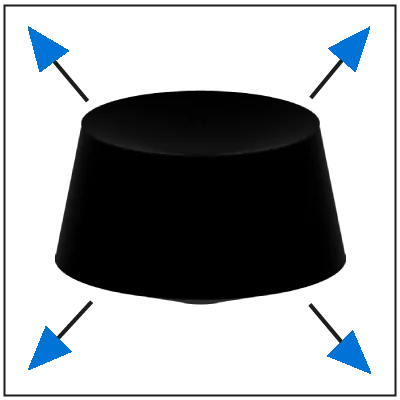
Size
The object should not be larger than 370 x 274 x 380 mm.
Applications
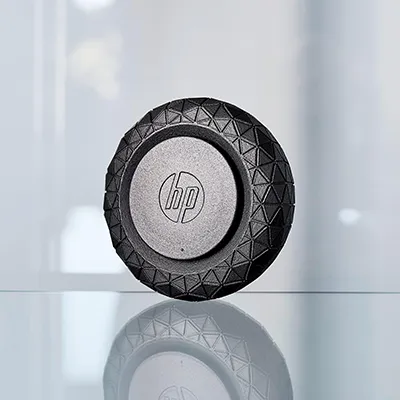
The material is designed for load-bearing capacity, durability, and replicability in processing for series production up to a batch size of approximately 5,000 pieces. This does not exclude its use for prototypes. Typical applications for Polyamide 12 include:

Housings
Housings can be created with high geometric complexity. PA 12 meets the high industrial requirements for housing parts (including impact resistance, thermal and chemical resistance) and impresses with the visually and haptically high-quality surface achieved, especially in post-processing. Recommended post-processing: black coloring (including Shot Peening) or Chemical Smoothing (“Vapor Smoothing”).
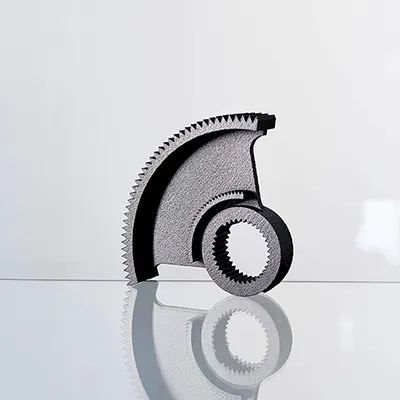
Mechanical Components
The material is flexible at thin wall thicknesses and rigid at higher wall thicknesses, wear-resistant, and highly resistant. These properties are interesting for a wide range of applications, from gears to connecting elements to propellers. If it is not a visible part, post-processing is not mandatory. Chemical smoothing is recommended when dealing with very thin structures in combination with dynamic loads (significant strengthening through chemical smoothing) or in the case of friction (reduction of surface roughness).
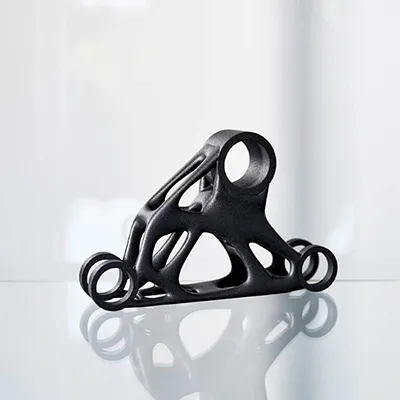
Structural Components
Since there are hardly any geometric limits, very resource-efficient and highly optimized holders or similar can be created. Examples include PCB holders, connecting elements, or motor mounts.

Tools & Fixtures
The production method allows for the rapid production of complex fixtures. The material is resistant to oil and can withstand thermal and mechanical stress, among other things.
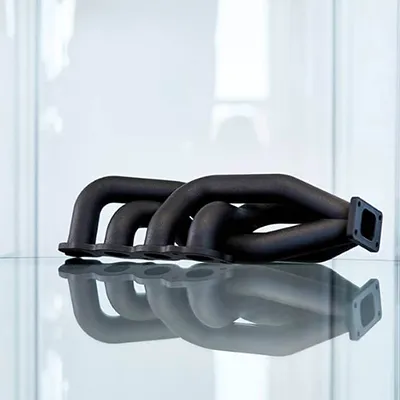
Gas Conveying Systems
Complex channels can be printed, but a geometry-dependent minimum diameter must be observed. Please contact our customer service with your application. For this application, chemical smoothing is recommended, as this technology seals the slightly porous surface in its raw state.

Data courtesy of Invent Medical
Orthoses
The (almost) unrestricted design freedom (patient-specific design) and resistance of the material make PA 12 a very good material for orthoses. The material is approved for skin contact. In addition to PA 12, elastic TPU is also suitable for this application.
Prices

Quotation
You can get an instant price quote for your model in our online 3D printing service.
Calculation
Prices are calculated based on machine volume, model surface area, and material usage.
Express surcharge approximately 25%
Minimum Order Value
EUR 50,- plus VAT (EUR 59.50 including VAT) / order
Discounts
For larger quantities, significant reductions compared to the standard price are possible, depending on the quantity, component size, and geometry.
